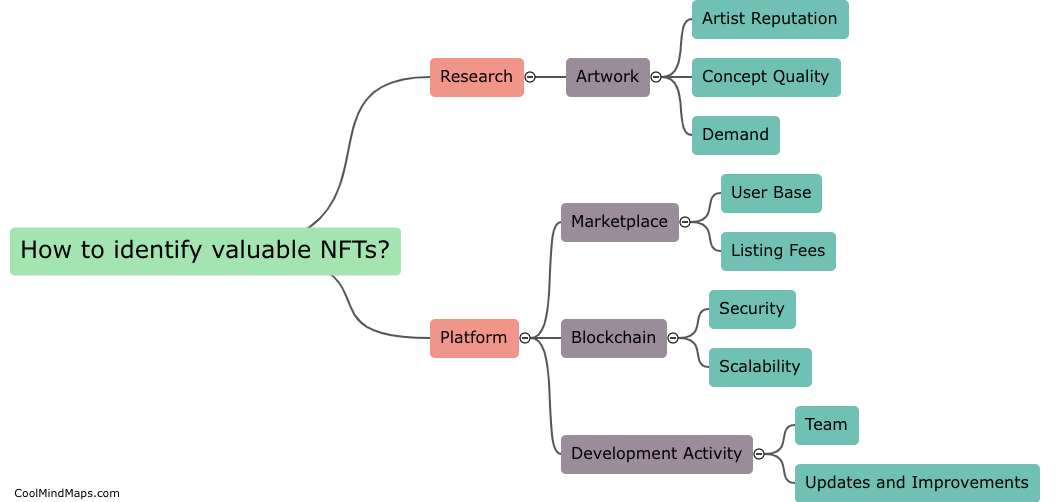How does mixed reality simulation improve learning outcomes?
Mixed reality simulation refers to the use of immersive technologies, such as virtual reality and augmented reality, to create realistic and interactive learning experiences. This innovative approach has proven to significantly enhance learning outcomes across various fields and subjects. By placing learners in simulated scenarios, they can actively engage and practice skills within a safe and controlled environment. This hands-on and experiential learning allows for increased knowledge retention, improved critical thinking, problem-solving, and decision-making abilities. Mixed reality simulations also offer personalized and adaptive learning experiences, catering to individual needs and pace of learning. Moreover, they enable learners to gain practical experience without the limitations of time, space, or cost, thereby bridging the gap between theory and real-world application. Overall, mixed reality simulations have revolutionized education by fostering active learning, improving learner engagement, and ultimately enhancing learning outcomes.

This mind map was published on 19 November 2023 and has been viewed 74 times.











